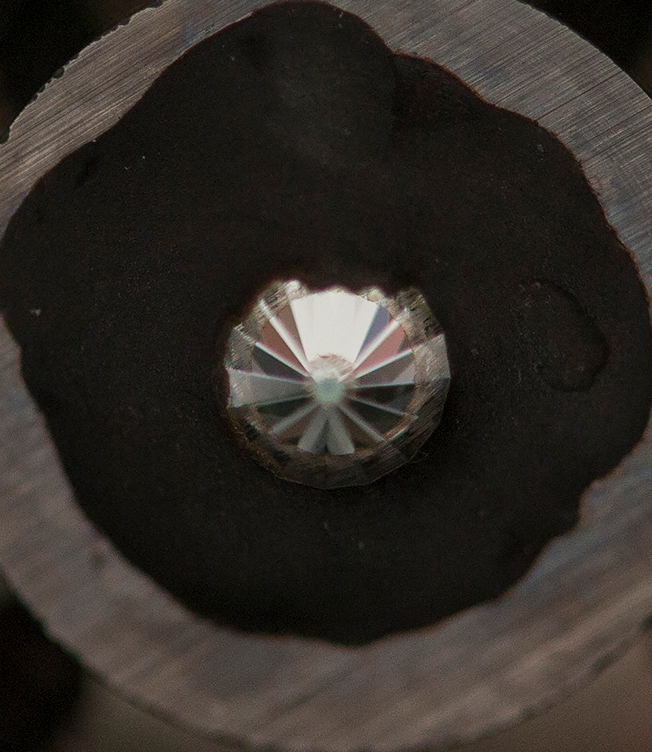Nano-diamond is literal cutting edge
 Australian researchers have helped craft a new nano-diamond for cutting through ultra-solid materials.
Australian researchers have helped craft a new nano-diamond for cutting through ultra-solid materials.
A team including ANU PhD student Thomas Shiell and experts from RMIT, the University of Sydney and US institutions made nano-sized Lonsdaleite - a hexagonal diamond only found at the site of meteorite impacts such as Canyon Diablo in the US.
“This new diamond is not going to be on any engagement rings. You’ll more likely find it on a mining site – but I still think that diamonds are a scientist’s best friend,” said Dr Bradby from the ANU Research School of Physics and Engineering.
“Any time you need a super-hard material to cut something, this new diamond has the potential to do it more easily and more quickly.”
Her research team made the Lonsdaleite on a diamond anvil at 400°C, halving the temperature at which it can be formed in a laboratory.
“The hexagonal structure of this diamond’s atoms makes it much harder than regular diamonds, which have a cubic structure. We’ve been able to make it at the nanoscale and this is exciting because often with these materials ‘smaller is stronger’.”
Lonsdaleite is named after the famous British pioneering female crystallographer Dame Kathleen Lonsdale, who was the first woman elected as a Fellow to the Royal Society.
The research is published in Scientific Reports.








 Print
Print